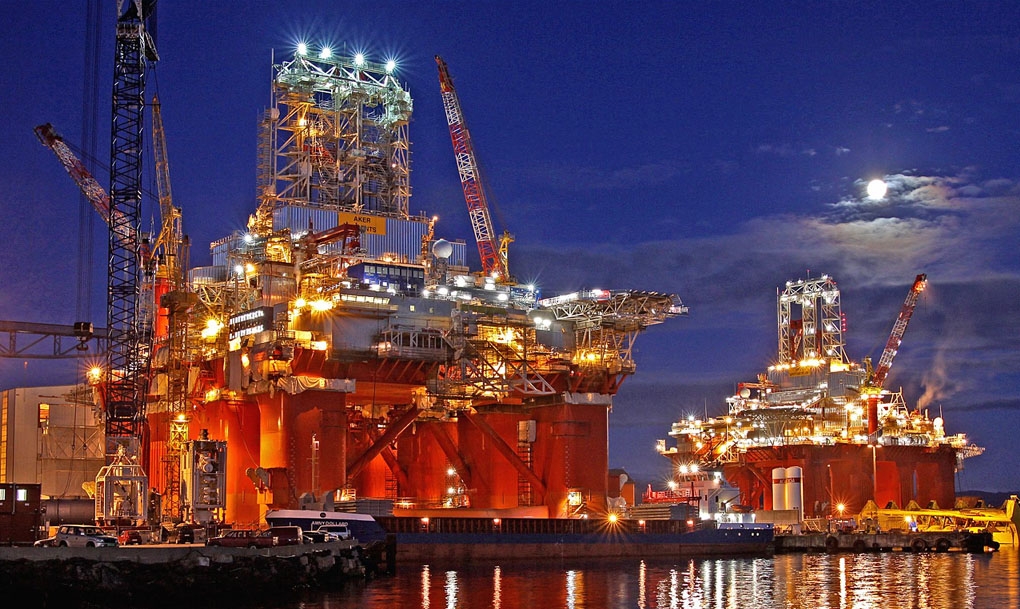Introduction
The use of LED lamps in marine environments has increased significantly in recent years. This is due to the many advantages offered by LED technology over traditional lighting technologies, including energy efficiency, durability, and environmental friendliness. However, there are some specific challenges that must be considered when designing and using LED lamps in marine environments. In this article, we will analyze the various aspects of LED lamps used in marine environments in detail.

Environmental Factors Affecting LED Lamps in Marine Environment
Marine environments are harsh environments with various factors that can affect the performance of LED lamps. Some of the environmental factors that can affect LED lamps in marine environments are:
Salinity: Salinity is a critical factor that can affect the performance of LED lamps in marine environments. High salt content in seawater can corrode LED lamps, leading to premature failure.
Moisture: Moisture can also affect the performance of LED lamps in marine environments. The high humidity levels in marine environments can cause condensation inside the LED lamps, which can lead to short circuits and corrosion.
Temperature: Temperature fluctuations in marine environments can also affect the performance of LED lamps. Extreme temperature changes can cause thermal stress on LED lamps, leading to failure.
UV Radiation: UV radiation is another environmental factor that can affect LED lamps in marine environments. Prolonged exposure to UV radiation can cause the yellowing of LED lamps' lenses, leading to a decrease in light output.
Design Considerations for LED Lamps Used in Marine Environments
To ensure the reliable performance of LED lamps in marine environments, it is essential to consider the following design considerations:
Enclosure: LED lamps used in marine environments must be enclosed in a durable, waterproof, and corrosion-resistant housing. The housing should be designed to protect the internal components of the LED lamp from exposure to saltwater, moisture, and other environmental factors.
Heat Dissipation: LED lamps generate heat during operation, and it is essential to dissipate this heat to ensure their reliable performance. In marine environments, it is essential to consider the cooling system's design to prevent corrosion and damage to the LED lamps' internal components.
Optics: Optics is an essential design consideration for LED lamps used in marine environments. The optics must be designed to ensure that the LED lamps' light output is directed precisely where it is needed, minimizing light pollution and maximizing efficiency.
Power Supply: LED lamps require a power supply to operate, and the power supply's design is critical to their reliable performance. In marine environments, it is essential to consider the power supply's waterproofing, corrosion resistance, and protection from voltage fluctuations.
Applications of LED Lamps in Marine Environments
LED lamps find numerous applications in marine environments, including:
Navigation Lights: Navigation lights are essential in marine environments to ensure the safe navigation of vessels. LED lamps are ideal for navigation lights due to their high efficiency, reliability, and long life.
Underwater Lighting: LED lamps are increasingly being used for underwater lighting in marine environments. Underwater LED lamps offer several advantages, including low power consumption, durability, and high color rendering index.
Deck Lighting: LED lamps are also commonly used for deck lighting in marine environments. LED deck lights offer several advantages over traditional deck lights, including energy efficiency, long life, and low maintenance.
Flood Lighting: LED floodlights find numerous applications in marine environments, including lighting up docks, harbors, and marinas. LED floodlights offer high efficiency, low power consumption, and long life, making them ideal for these applications.
Conclusion
In conclusion, LED lamps are increasingly being used in marine environments due to their many advantages over traditional lighting technologies. However, it is essential to consider the various environmental factors that can affect LED lamps'
CESP Marine LED Lights Solution
We are pleased to tell that our 4 series (CES-J Series Explosion Proof LED Flood Light, CES-EX-LN-02P Series Explosion Proof Linear Light (Cost Efficiency), CES-EX-LN-02 Series Explosion Proof LED Linear (High Power), CES-EX-GB-02 Series Explosion Proof LED High Bay) of LED lights have obtained UL1598A certification for use in marine environments. This certification is a testament to our commitment to providing high-quality LED lighting solutions that are not only energy-efficient and durable but also safe and reliable in marine environments.
Our LED lights are specifically designed to withstand the harsh conditions of marine environments, including saltwater corrosion, high humidity, and extreme temperature fluctuations. With UL1598A certification, you can trust that our LED lights have undergone rigorous testing to ensure their performance and safety in marine environments.
Our LED lights are suitable for a wide range of marine applications. With our UL1598A certified LED lights, you can enjoy the benefits of high-quality LED lighting solutions that offer low power consumption, long life, and minimal maintenance requirements.
At our company, we remain committed to providing innovative and reliable LED lighting solutions for our customers in marine environments. With our UL1598A certified LED lights, you can trust that you are getting the best in class lighting solutions that meet the highest safety standards.
Thank you for choosing our LED lights for your marine applications. If you have any questions or require further information, please do not hesitate to contact us.

